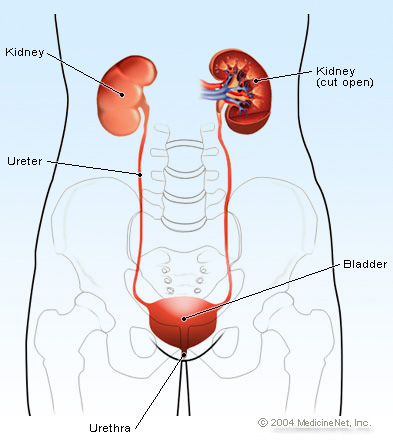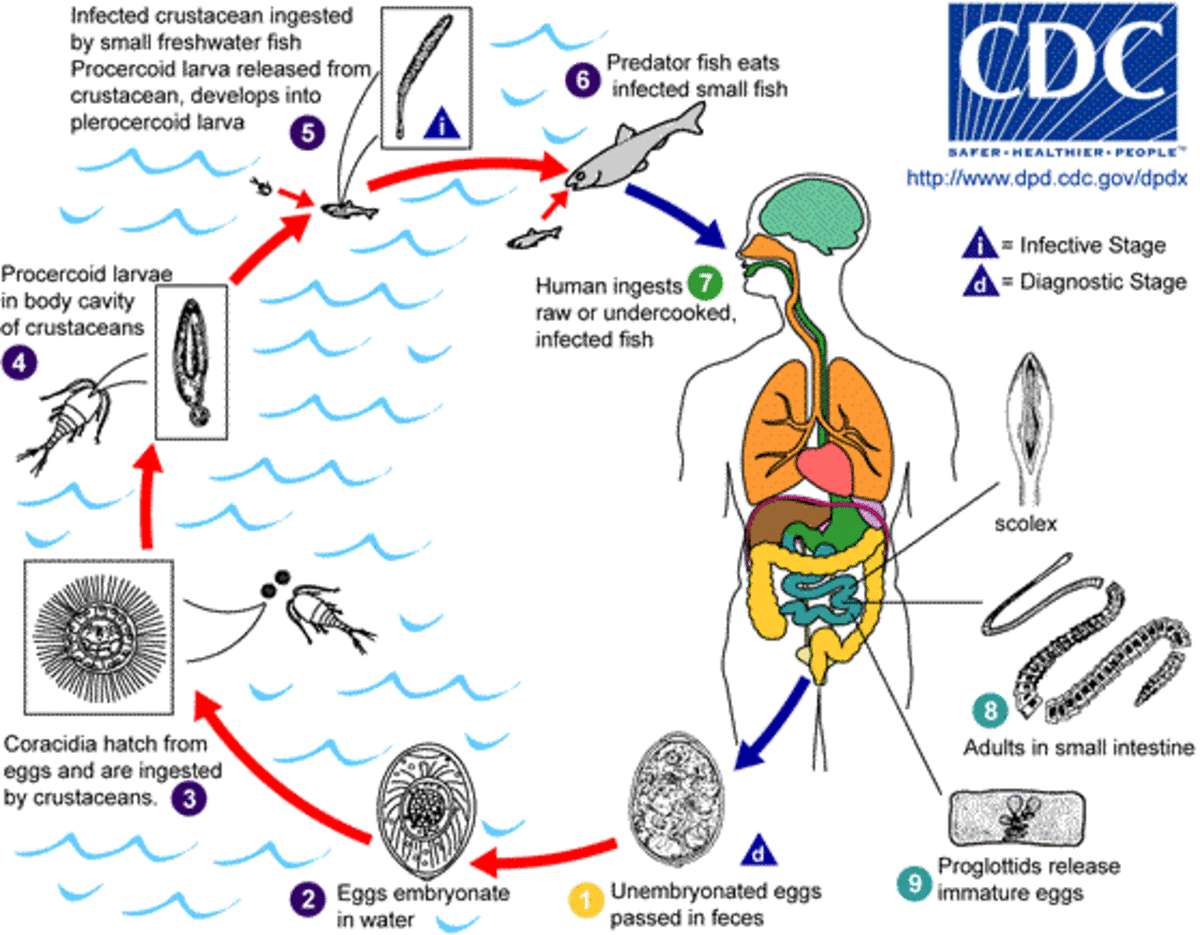Focal And Segmental Glomerulosclerosis And General Principles In Management Of Nephrotic Syndrome
The Kidney Pathological Syndrome In Glomerulosclerosis

A General Overview
This disorder is common in adults and there is a slight male preponderance. The onset is often similar to that of minimal change GN. Urine examination may show evidence of sterile pyuria, lymphocyturia, glycosuria, hyperamino-aciduria and phosphaturia. Asymptomatic persistent proteinuria may be present for a very long time before the onset of overt nephrotic syndrome. The clinical course is characterized by exacerbations and remissions. This condition is also slowly progressive.
The lesions are focal (affecting only some of the glomeruli) and segmental (affecting only part of the glomerular capillary tuft). The individual glomerular lesion consists of increase in mesangial matrix and sclerosis. There is no evidence of proliferation or necrosis. Tubular changes like focal thickening of tubular basement membrane may be seen. This condition usually does not respond to corticosteroids or other immunosuppressive drugs. Thus the proteinuria and hypertension persist with progressive deterioration of renal function. Finally, it progresses to advanced renal failure.
High Protein Diet Intake In Treatment

Nephrology
General Principles of management of Nephrotic Syndrome
Symptomatic measures- edema: Assessment of the quantity of protein lost daily helps in planning the diet of the patients. A high protein diet consisting of first class proteins should be administered. An Adut should get approximately 80-100g of protein daily. The fluid intake should be restricted in the presence of edema. An accurate fluid intake-output chart and daily weight recording will enable correct planning of fluid therapy. Diuretics should be given so that approximately 0.25- 0.5 Kg weight is lost daily. Once edema subsides, diuretics may be tapered off or stopped. Fluid intake is made more liberal. Salt intake should be restricted till the serum albumin level rises to normal and the proteinuria comes down.
Injudicious diuretic therapy may result in the development of hypovolemic state in patients with nephrotic syndrome. In such cases, intravenous fluids may be required to restore intravascular volume rapidly. In intractable cases, where hypoalbuminemia and edema do not improve, infusion of human serum albumin elevates the level temporarily and induces dieresis. Preparations of freeze-dried serum albumin are available for this purpose. Alternatively, synthetic large molecular substances which act as plasma volume expanders are available (for example Dextran 6% or 3.5% suspension of polymer from degraded gelatin). Given intravenously, they increase the colloid osmotic pressure of plasma and help in drawing fluid from the extravascular compartment into the vascular compartment. Administration of a diuretic at this stage is more effective in inducing dieresis.
Specific Drug Therapy
When nephrotic syndrome is secondary to specific conditions like quartan malaria, syphilis or one of the dyscollagenoses, treatment of the primary condition clears the nephrotic syndrome as well. Where the primary cause is not clear, based on the evidence that the process is immunologically mediated, corticosteroids and/or immunosuppressives have been employed with considerable benefits. It is usual to start prednisolone in an initial dose of 1 mg/kg body weight and taper the dose as improvement occurs. The initial high dose may have to be maintained for 6-8 weeks and maintenance may be required for several months or years. All the complications of long-term corticosteroids may have to be given immunosuppressants. Drugs used for this purpose are cyclophosphamide in a dose of 1-2mg/Kg body weight daily or azathioprine 100 mg//day or chlorambucil 1 mg/Kg for 6-8 weeks. These drugs are potentially toxic and the toxic effects have to be monitored while administering them.
If the patient develops signs of renal failure, appropriate supportive treatment is instituted. Once renal failure of moderate severity occurs, steroids are less likely to be useful.
Complications: Patient’s with nephrotic syndrome are more susceptible to bacterial infections such as primary bacterial peritonitis, skin infections and pneumonia. Early diagnosis and prompt treatment are of utmost importance in them. Hypertensive patients are to be treated with anti-hypertensive drugs.
© 2014 Funom Theophilus Makama




